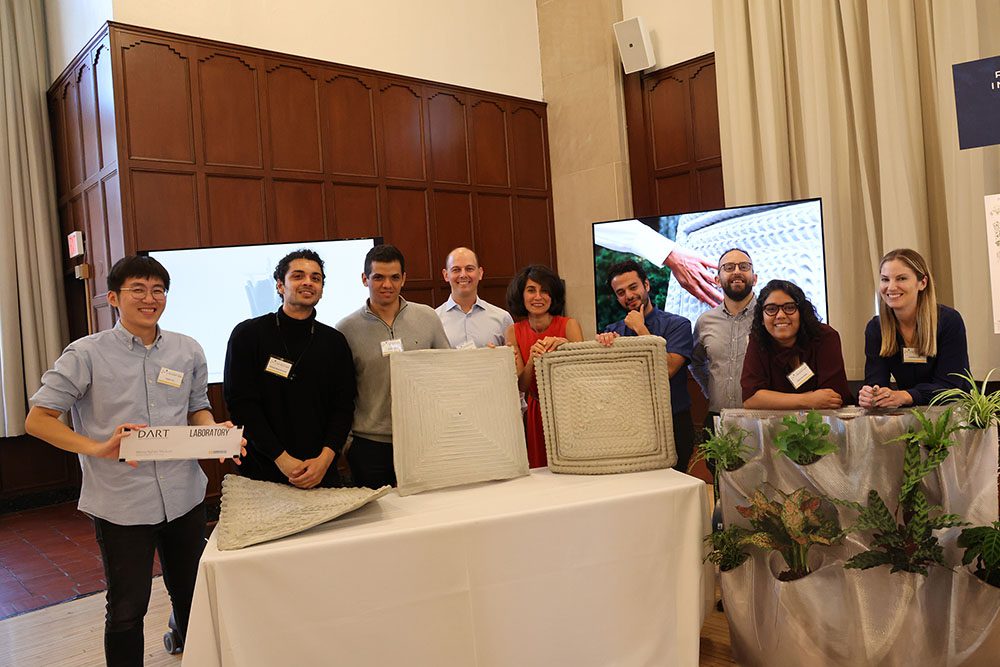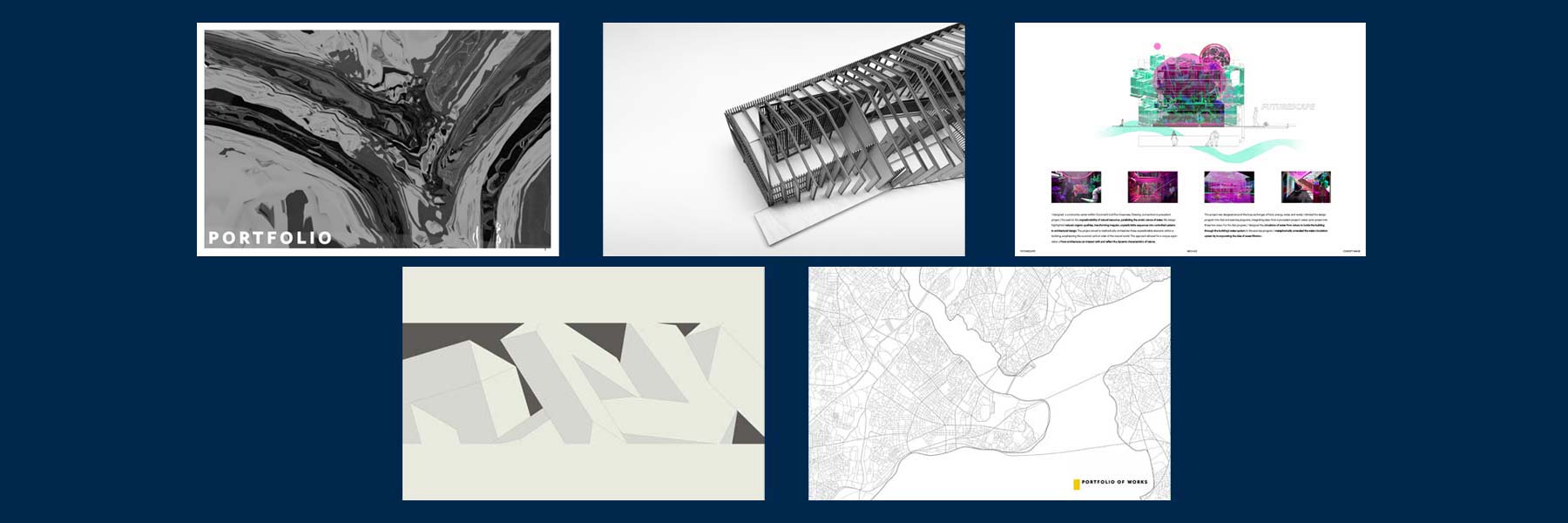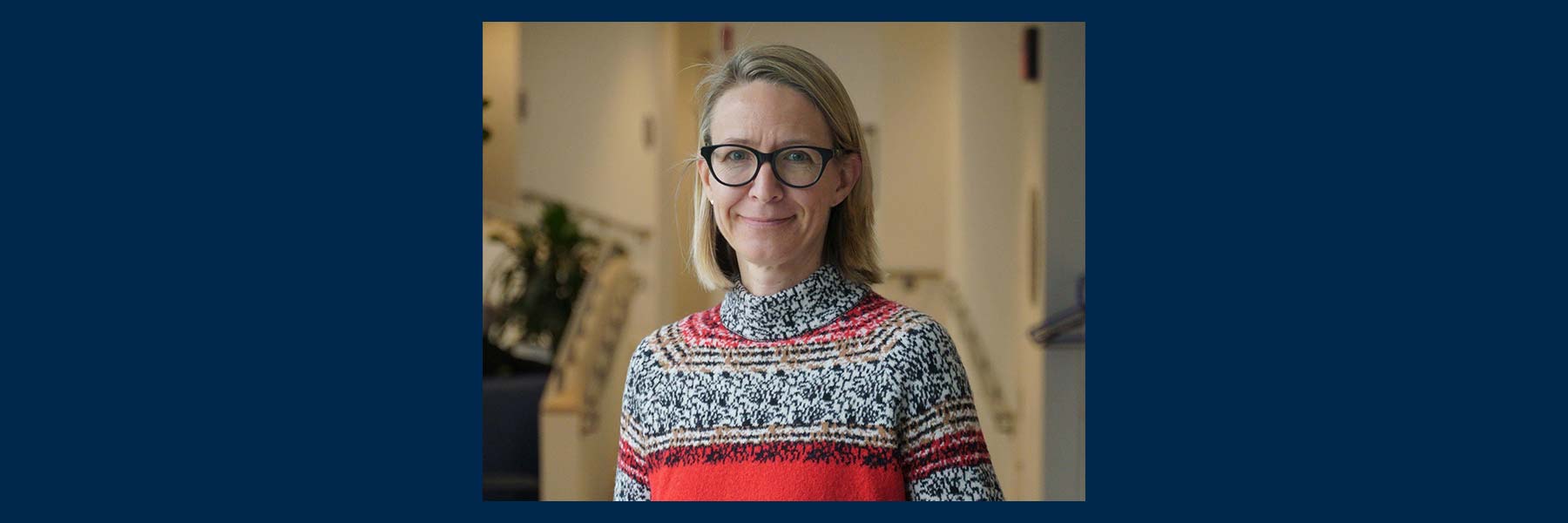Dr. Mania Aghaei Meibodi, assistant professor of architecture at Taubman College, and her team from the Digital Architecture Research and Technologies (DART) Lab participated in this year’s Celebrate Invention event. Showcasing a wide range of creativity and inventions, Celebrate Invention gives credit to U-M inventors making an impact in Michigan. This year’s event occurred Thursday, September 14th, in the Michigan Union Rogel Ballroom. Inventors demonstrated their work while also using the opportunity to network with prominent inventors and alums. DART Lab, a research laboratory Aghaei Meibodi leads within the Taubman College of Architecture and Urban Planning, had one of the featured kiosks to highlight their innovative technologies on robotic 3D printing in architecture and construction.
Aghaei Meibodi and her team focus on developing novel computational design, robotic, and 3D printing construction technologies to enable the creation of lightweight structures with sustainable architecture and zero-waste construction. Through their research projects, workshops, and courses, they aim to advance the field of architecture utilizing the digital realm. The projects presented at the event reflected the breadth of the DART Lab’s work:
- Integrative Green Building Envelope is an invention that can be employed in residential and commercial buildings, vertical farms, community vertical green zones, and integrative building elements. The team developed an envelope system that seamlessly combines the many attributes of a green wall and a high-performance building envelope system within a single 3D printing manufacturing process, utilizing a singular material.
- Dynamic Bed and Robotic 3D Printing for Freeform Facade Panels is an invention that will enable affordable production of architectural facade panels in concrete, clay, and Glass Fiber Reinforced Concrete (GFRC). Eliminating the requirement of bespoke molds while reducing waste, labor, & costs, they have engineered a dynamic bed. This offers a seamless surface consisting of a grid of actuators connected to a composite flexible surface and informs its shape.
- Sequential Cast-in-Place Method with Ultra-Thin Additively Manufactured Formwork for Compression-Only Structures invention has application in compression-only structures/components like slabs, bridges, vaults, domes, floor systems, columns, furniture, or any pavilion/shelter structures. This project is a new method to construct compression-only structures that minimize the material used and improve economic and environmental efficiency in the construction life cycle.
- Method of Non-Planar 3D Concrete Printing for Lightweight Structures will enable 3DCP of lightweight structures such as walls, slabs, water towers, etc. They plan to develop new robotic non-planar print paths that can vary in orientation and layer height, introducing a new field of 3DCP. This plan will bring life to what we imagine as waste-free construction utilizing 60-75% less material.
“Attending the Innovation Partnership event has been an incredible journey for my team and me. This year’s event was exceptionally diverse, offering a unique opportunity to showcase our technologies and discuss their transformative potential in redefining how we design and construct our built environment. Receiving valuable feedback and forging connections for future commercialization and impact strategies made it truly exceptional. Innovation Partnership has been an invaluable support in our innovation journey. Additionally, our dedicated point of contact, Associate Director of Licensing Richard Greeley, has been integral to our journey from the laboratory’s inception,” said Aghaei Meibodi.
Juliette Zidek, Ph.D. researcher at DART lab, said, “Celebrate Invention was an excellent opportunity to share our research in innovative design solutions and fabrication methods with those in other disciplines at the University of Michigan. My experience of the event was marked by many engaging conversations with students, faculty, researchers, businesses, and attendees of all ages and a wide variety of backgrounds. I was excited to share my research through the display of a full-scale prototype that helped convey the intent and possibilities for future research in green building envelope systems.”
The DART Lab team and the other inventors who participated in the event showcased the breadth of research at the University of Michigan. According to The University Record, “Innovation Partnerships, the university’s central hub for research commercialization activity, also reported 145 new U.S. patents and more than 300 license and option agreements with industry during the last fiscal year.”





